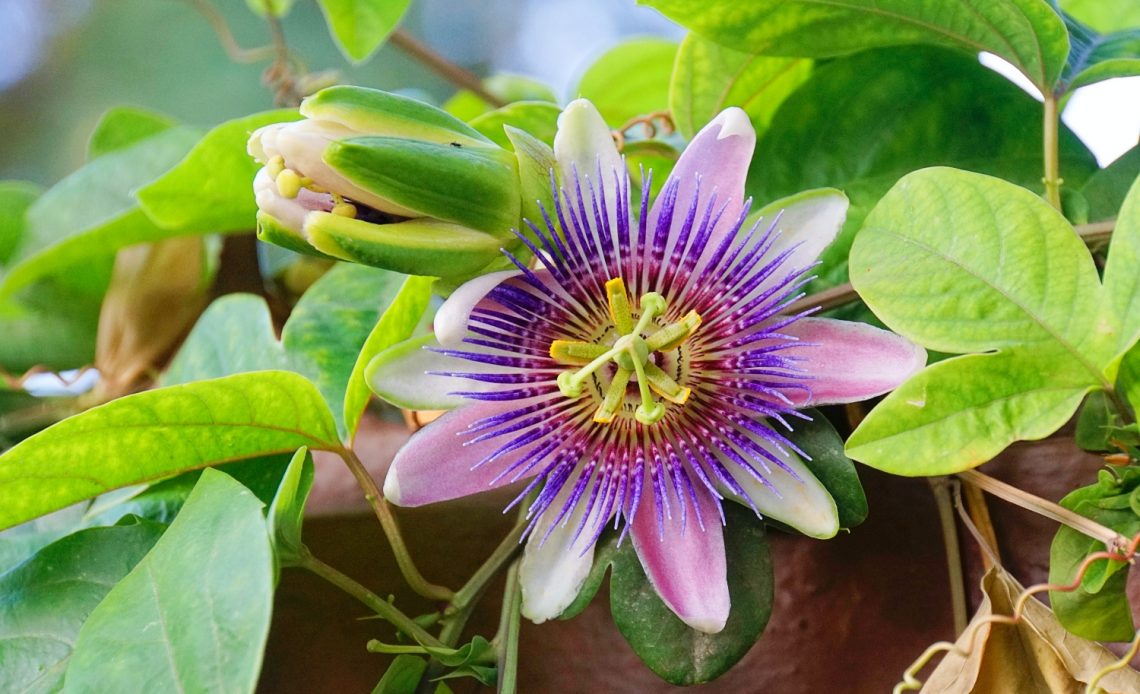

We’re here to help! Wild Yards is a completely free website that is 100% dedicated to helping you create a wildlife-friendly, sustainable yard. Read more
WildYards is reader-supported. When you buy a product through a link on our site, we may earn a comission. Every product is independently selected by our (obsessive) editors and our reviews are unbiased and objective. Read more about our mission or our privacy policy.
Native to South America, Australia, Asia, and Africa, the passion fruit vine is a tropical plant and a member of the Passifloraceae family. In the United States, passion fruit vine is hardy from zones 9 through 11. This woody perennial is fast-growing and easy to care for, thriving in hot, humid, moist climates. Passion fruit vine produces golfball-sized fruits with purple or yellow shells and a sweet, tangy interior perfect to use in beverages, ice creams, and baking. If you’re new to growing this plant, today we’ll be taking a closer look at the 6 passion fruit growing stages to help you understand what to expect.
Passion fruit vine is started from small black seeds that look a lot like watermelon seeds only much smaller. Seedlings can be transplanted to the garden when they’ve developed 2 to 4 sets of true leaves. Passion fruit vine begins flowering at 12 to 13 months of age. After fruiting, plants go dormant for the winter.
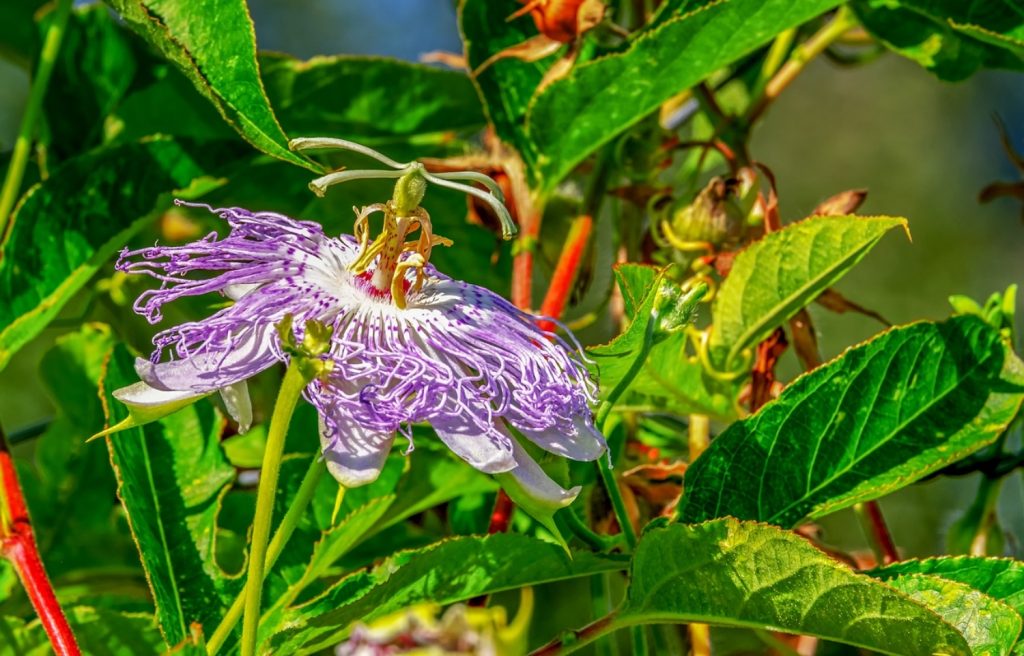
What are the 6 passion fruit growing stages?
You don’t have to be an expert gardener to grow passion fruit vine. But if you’re new to growing this plant, then understanding the passion fruit growing stages will help you know what to expect as your plant progresses. This way, you’ll have a better idea of what your plant should look like as it matures. Knowing more about the passion fruit growing stages will also enable you to care for the plant more efficiently.
Stage 1: Starting seeds
Passion fruit seeds look a lot like watermelon seeds — oval in shape and black or dark brown in color. Seeds have a hard outer coating that can make it difficult for them to sprout. So before planting, use some sandpaper to rough up the edges. This will give the sprouts a place to break out of once the seed begins to germinate. After you’ve sanded them, place the seeds in a cup of water to soak for 24 to 48 hours.
Once the seeds are ready, sow them in peat seed pots filled with potting soil. Passion fruit vines are heavy feeders, so they grow best in rich, fertile ground. Consider adding a handful of compost or manure to the mix to give the seeds a boost of nutrition. Plant the seeds at a depth of ¼ to ⅓-inch, and water them well. Keep the seeds on a warm, sunny windowsill and keep the soil uniformly moist, but be careful not to overwater them, either.
Passion fruit seeds typically sprout in 14 to 21 days. Because these seeds take so long to germinate, many gardeners choose to purchase passion fruit vines that have already matured a bit. Seeds tend to sprout more quickly in warm climates. These seeds wait until all of their preferred growing conditions are met before “waking up”, so it’s not unusual for passion fruit seeds to take up to 4 months to sprout.
Stage 2: Seedlings
Passion fruit seeds may not get in a huge hurry to germinate. But, once they sprout, they make up for lost time! During the seedling passion fruit growing stage, your plants will mature rapidly. The first set of leaves to emerge are the plant’s seed leaves. These two small leaves are bright green, and oblong. They help the plant make the switch from relying on the seed for energy to being able to produce plant food on its own via photosynthesis.
In the following weeks, passion fruit vines start making true leaves. These leaves take the shape of the plant’s adult leaves but are much smaller. Passion fruit vine’s true leaves are lobed with serrated edges and a shiny surface. The plant’s first leaves will be medium green, but as the vine matures, the leaves turn a deeper shade of green.
Once your passion fruit vine has developed 2 to 4 sets of true leaves, that’s a sign that the plant’s roots have established themselves. The plant is now strong enough to be transplanted into your garden. Be sure to choose a bright, sunny location for your passion fruit vine. Amend the soil with plenty of compost or manure ahead of time. This will not only provide the plant with all of the nutrients it needs to grow, but it will also improve soil structure, making it easier for the plant to take root.
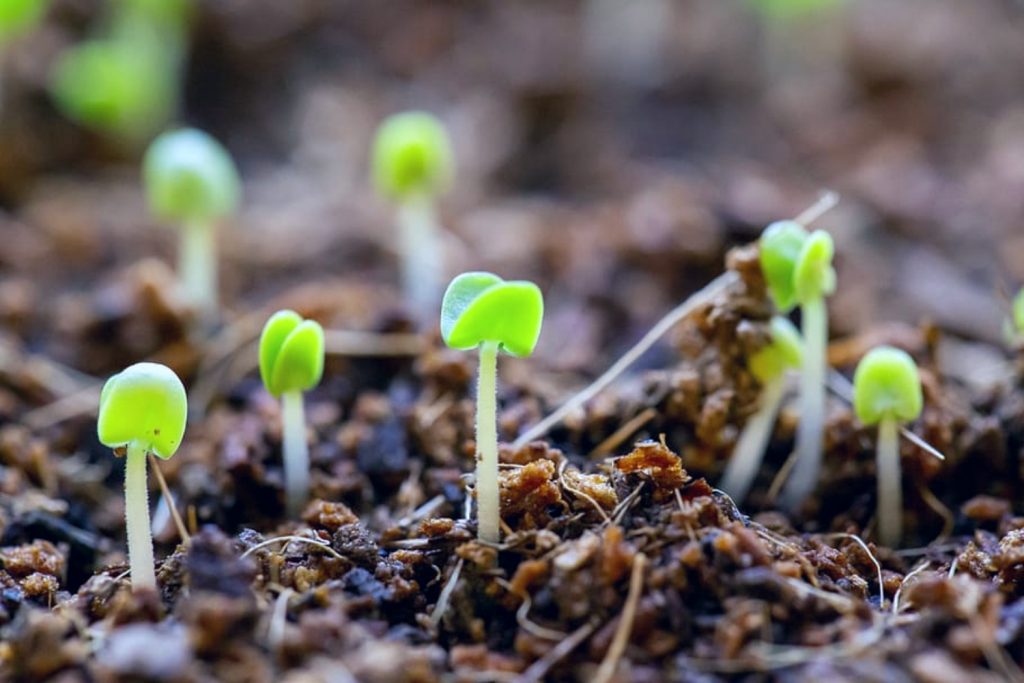
Stage 3: Maturing
Once out in your garden, your passion fruit vine’s growth may slow down a bit. It usually takes plants a few days after transplanting to get comfortable. But, once your vine has adjusted, it can begin the next of the passion fruit growing stages: getting established. If all of your passion fruit vine’s growing requirements are met, the plant’s growth rate may surprise you!
Passion fruit vine grows fast. The warmer, sunnier, and more humid it is, the quicker this plant will mature. During this passion fruit growing stage, the plant focuses on creating a strong root system before producing new vines. Because passion fruit vines can spread 10 to 30 feet, you’ll need to be sure the plant has plenty of room to branch out. If you’re working with limited space, build a trellis to give your passion fruit vine something to hang onto.
How well you care for your passion fruit vine during this growing stage plays a role in how well it performs in the future. Be sure to fertilize the plant regularly with organic compost, and check the soil every few days to ensure the plant is getting enough water. Ensuring all of the plant’s needs are being met will keep it nice and healthy so it can make lots of fruits for you to enjoy later on.
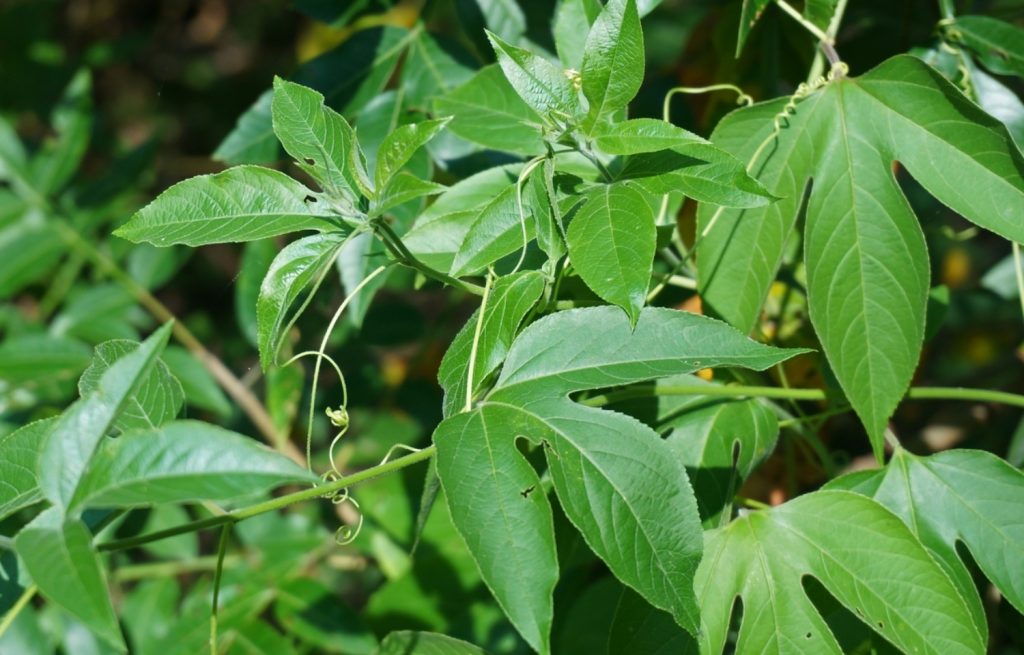
Stage 4: Flowering
Passion fruit vine produces fabulous white to pink to purple flowers with intricate filaments and tall yellow sepals. The flowers are so showy that many gardeners grow passion fruit vine for the blooms alone! Although their aroma is somewhat unpleasant, passion fruit vine is popular with bees and butterflies. Bats are also fond of the flowers.
Passion fruit vine blooms from spring to fall, with each flower lasting only a day. The flowers are self-pollinating, meaning they don’t need to be visited by pollinating insects in order to produce fruit. However, many passion fruit vine growers notice a marked increase in fruit yield when the plants are pollinated by insects and other critters. So consider growing passion fruit vine in your pollinator garden to attract more wildlife and improve crop production.
It’s worth noting that passion fruit vine does not begin flowering during the plant’s first year. For the first 12 to 13 months of your passion fruit vine’s life, the plant will focus on getting established. Only once the plant can support itself will it begin making flowers. So don’t expect passion fruits during the vine’s first growing season.
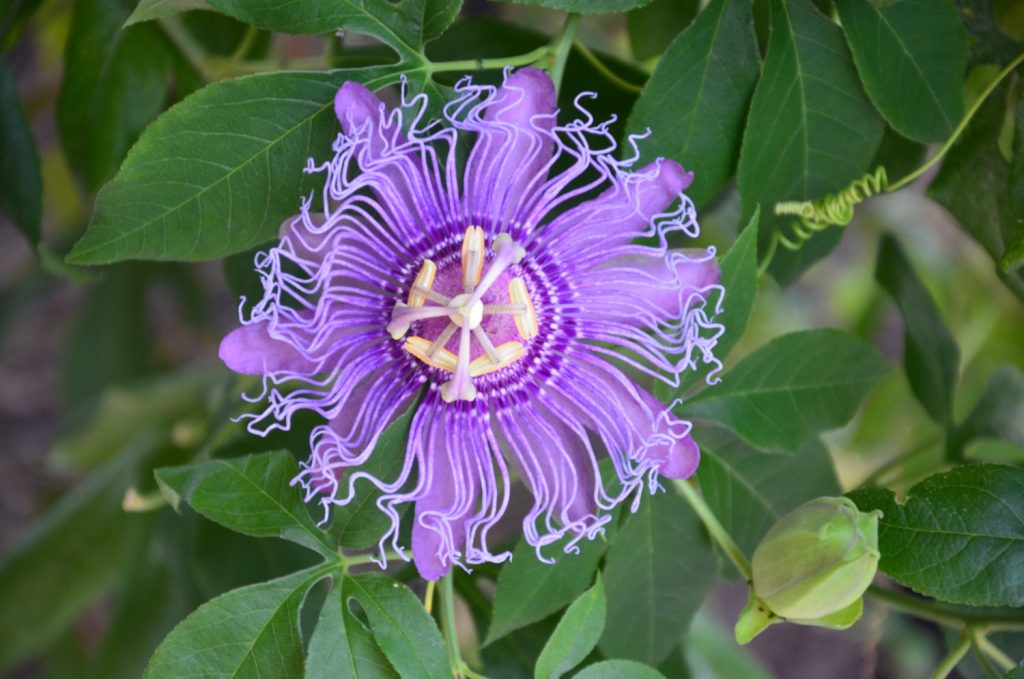
Stage 5: Producing fruit
Once a flower has been pollinated, it will begin producing fruit. Passion fruits typically ripen in 70 to 80 days, and tend to ripen much more quickly in warm temperatures. Once a flower starts producing fruit, the plant will make a new flower to take its place. This allows passion fruit vine to have a long fruiting season that can last from spring to fall.
Passion fruits are ready to be harvested when they feel slightly soft and turn deep purple or gold, depending on their variety. Fruits with wrinkled skin are considered ideal and have a sweeter flavor than smooth fruits. Even though passion fruits can be plucked from the vine when they’re ready, most growers allow the fruits to fall from the vine on their own before collecting them. These fruits are often more palatable than those taken straight from the vine.
Passion fruits have tough skins and a pulpy interior. Their vibrant yellow flesh is full of the plant’s tiny seeds, creating a juicy, crunchy taste experience. Passion fruits have a tropical flavor perfect for making summer treats like ice cream, sorbet, and a variety of beverages.
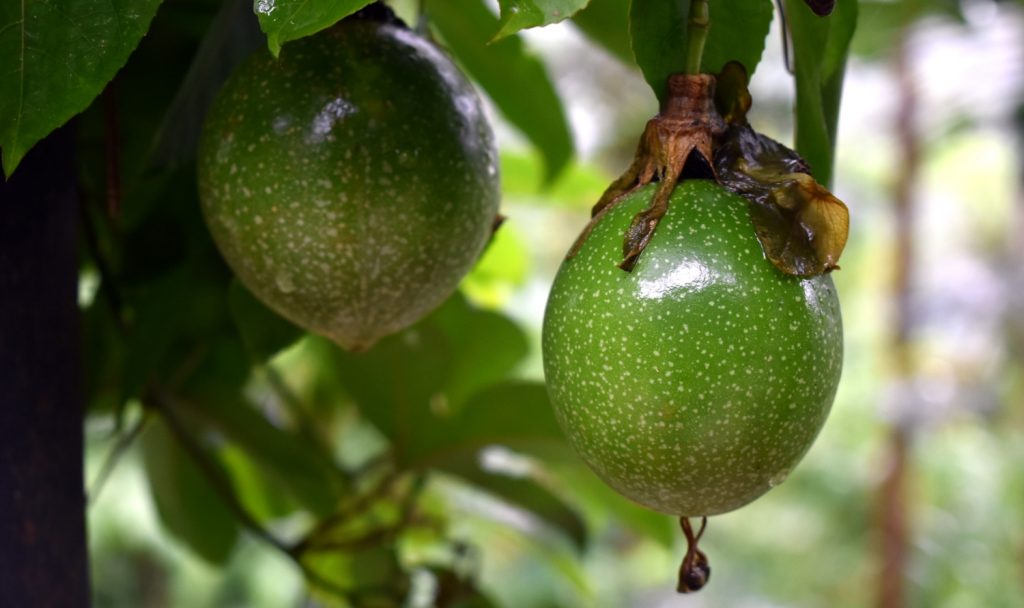
Stage 6: Dormancy
After flowering and fruiting, the plant’s growth stalls. As fall approaches and the days get shorter, plants downregulate energy production. Your passion fruit vine may start shedding a few leaves to conserve energy during the darker, cooler months.
In warm climates where temperatures stay above freezing all year, passion fruit vine is an evergreen. But if your growing zone experiences a few hard freezes every winter, the plants will die back to their roots. Fortunately, passion fruit vine is a perennial, so it comes back on its own.
Whether your passion fruit vine retains its foliage or dies back to the roots, you can help the plants stay warm by spreading a layer of straw around the base of the plant. Avoid overwatering your passion fruit vine over the winter, as the roots naturally require less water during their dormant period. There’s no need to fertilize them, either. Hold off on feeding your passion fruit vine again until spring arrives and you see signs of new growth.
How long does passion fruit vine live?
Passion fruit vines live for 7 years on average, but the plant’s fruit production starts to decline at around 5 years of age. Passion fruit vine produces most prolifically during its third and fourth years. After that, many gardeners choose to uproot the plants and replace them. By starting a new passion fruit vine every other year, you can enjoy a steady supply of passion fruits, replacing old vines with new ones as they age.
Can you save passion fruit seeds to start new plants?
Yes, you certainly can! And the process is simple, too. Take a ripe passion fruit, ideally one that has fallen off of the plant on its own, and split it in two. Use a spoon to scoop out the innards and place them in a sieve, then run the flesh under the cool water. Use your fingers to rub the pulp away from the seeds. Next, spread the seeds out into a single layer on a tea towel or paper towel and pat them dry.
Your passion fruit seeds may still feel a little slimy at this stage. That’s okay. Just spread them out on a cookie sheet and allow them to air dry for 3 weeks. Stir the seeds up every day so they don’t stick to each other or the tray. Once the passion fruit seeds are dry, store them in a paper envelope in a cool, dark place, and when spring rolls back around, you can start new passion fruit vines for your garden.
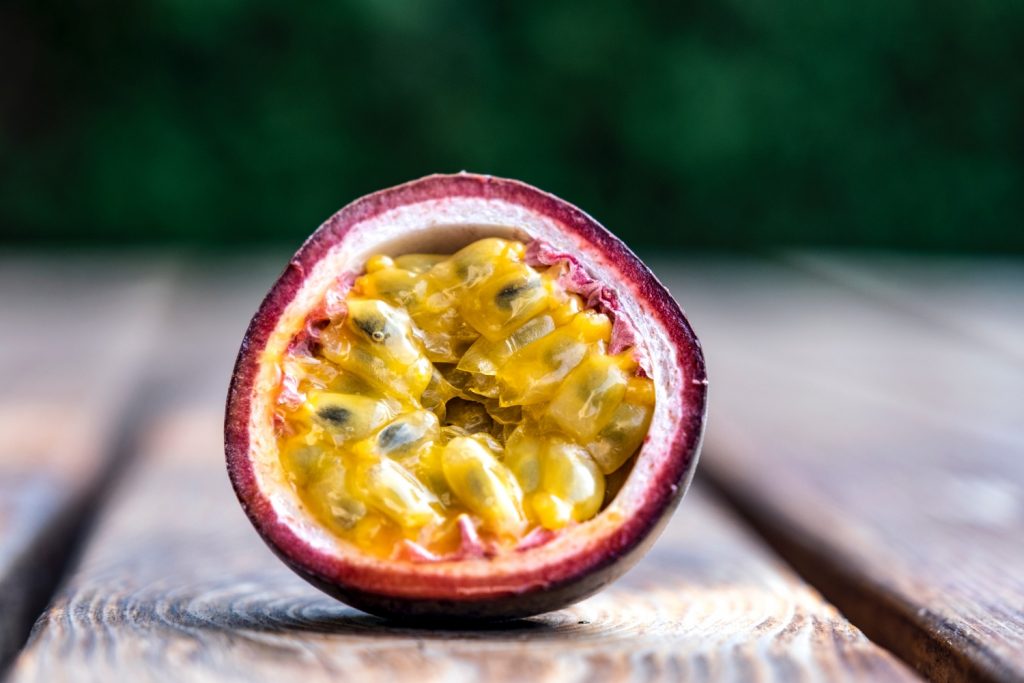
Tips for growing healthy passion fruit vine
Growing passion fruit vine isn’t complicated. But if you want healthy plants that produce delicious-tasting fruits, then you’ll need to pay extra attention to the plant’s growing conditions.
Give the plants enough light
Passion fruit vine is native to tropical regions. It likes to stay warm and toasty, so it needs plenty of sunlight to grow well. Plant your passion fruit vine in a bright spot where it will receive 6 or more hours of sunlight every day. Unlike some plants, like hydrangeas, which are sensitive to excessive sunlight, passion fruit vine is very tolerant of high heat. This plant is often found growing wild on the side of the road in the southern portions of the United States with no protection from the sun. With passion fruit vines you should always err on the side of giving them more sunlight — it won’t hurt these plants a bit!
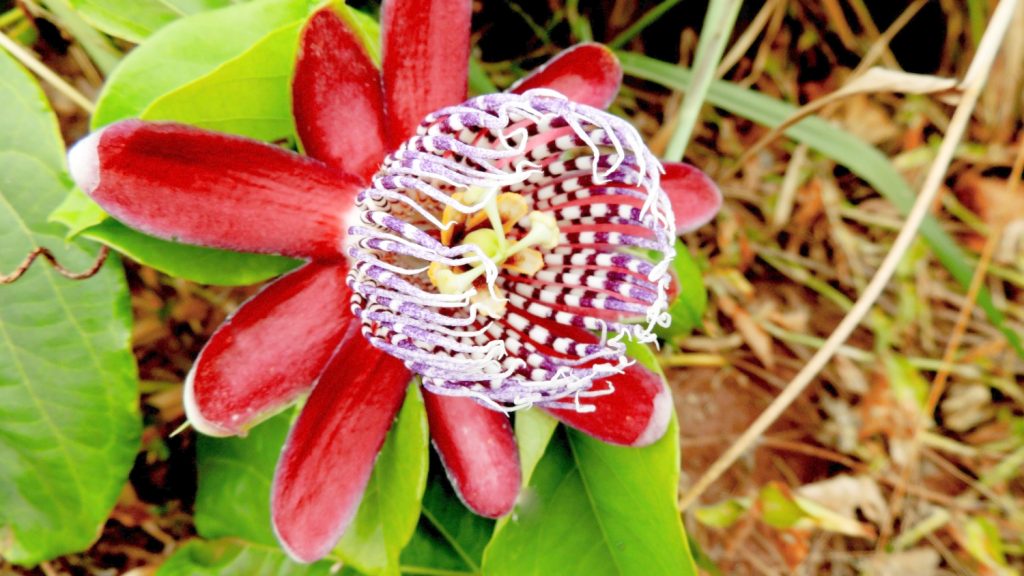
Amend the soil with compost
Your passion fruit vine will grow best when planted in sandy loam soil that has a pH of 6.5 to 7. The soil should have plenty of organic materials to provide the plants with valuable nutrition and to help improve drainage. If your soil is clay-dense or compacted, be sure to amend it with a heaping dose of compost to keep things porous and support the healthy bacteria in the soil. Loose, fertile soil is also much easier for your passion fruit vine to root into, so your plants can get established much more quickly.
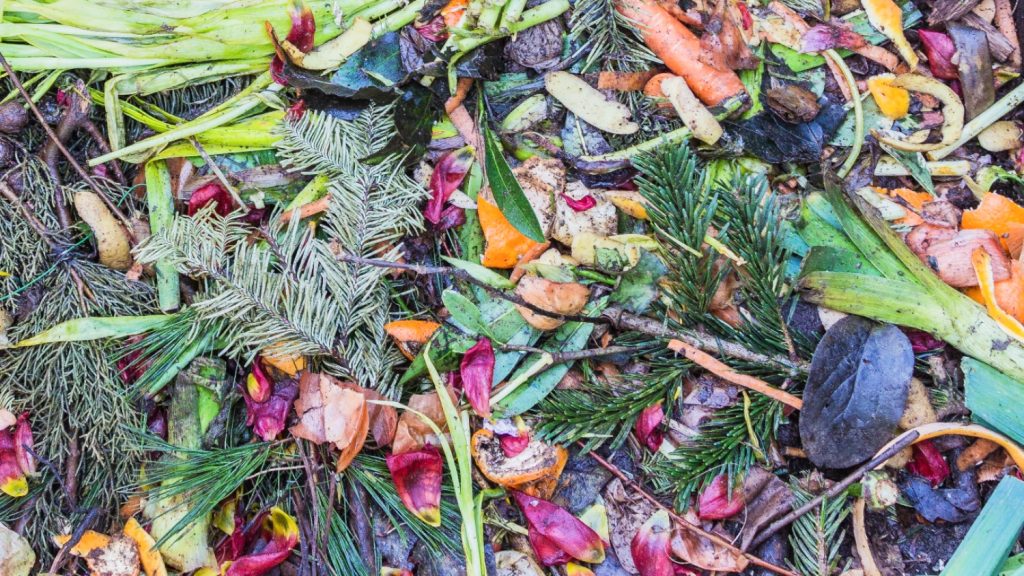
Water the plants regularly
Although passion fruit vine is drought-tolerant once established, it will grow better if you keep the soil moist. Check your passion fruit vine’s soil every three days or so and water the plant deeply with a garden hose to keep the soil damp. Keeping your passion fruit vine well-watered allows the plant to grow as quickly as possible. But be careful not to overwater the plants, either. The plants may develop root rot and die if your passion fruit vine’s soil is muddy.
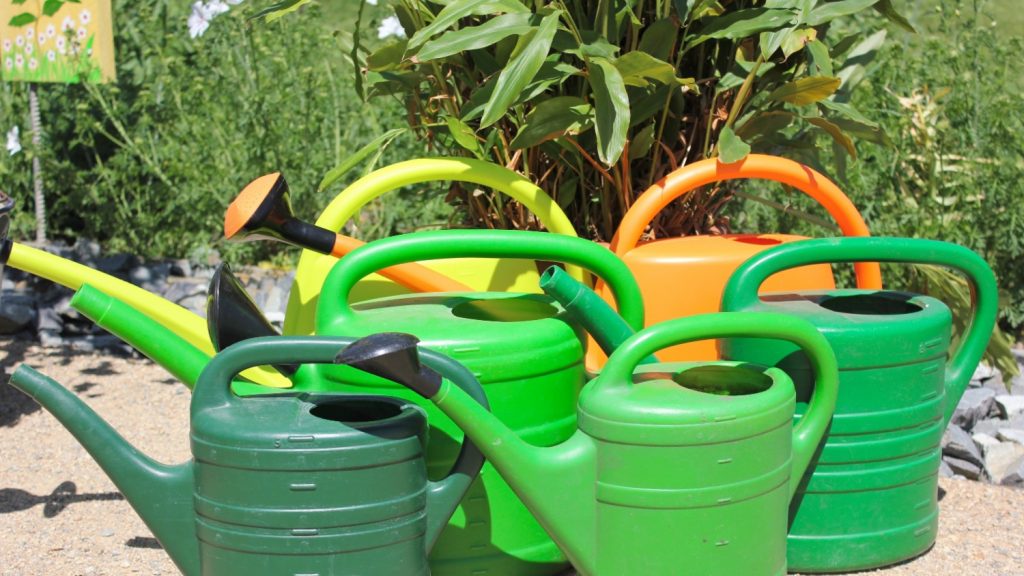
Watch for insects and diseases
When all of the plant’s growing requirements are met, the passion fruit vine is very hardy. But when the plants become stressed, either because of a dry spell, excessive rainfall, or incorrect soil conditions, they can become susceptible to diseases and insect infestations. Examine your passion fruit vine regularly for signs of health issues. Yellowing foliage, stunted growth, and poor flower and fruit production are all signs that something is wrong.
If your passion fruit vine becomes overrun with aphids, spider mites, or mealy bugs, spray the foliage down with a homemade insecticide. It may take several applications to see a difference, but this will help stop the infestation before it gets out of hand. Diseased passion fruit vines should be treated with a fungicide immediately. If the plants are too far gone, uproot them and burn them or throw them in the garbage to prevent the spread of the disease.
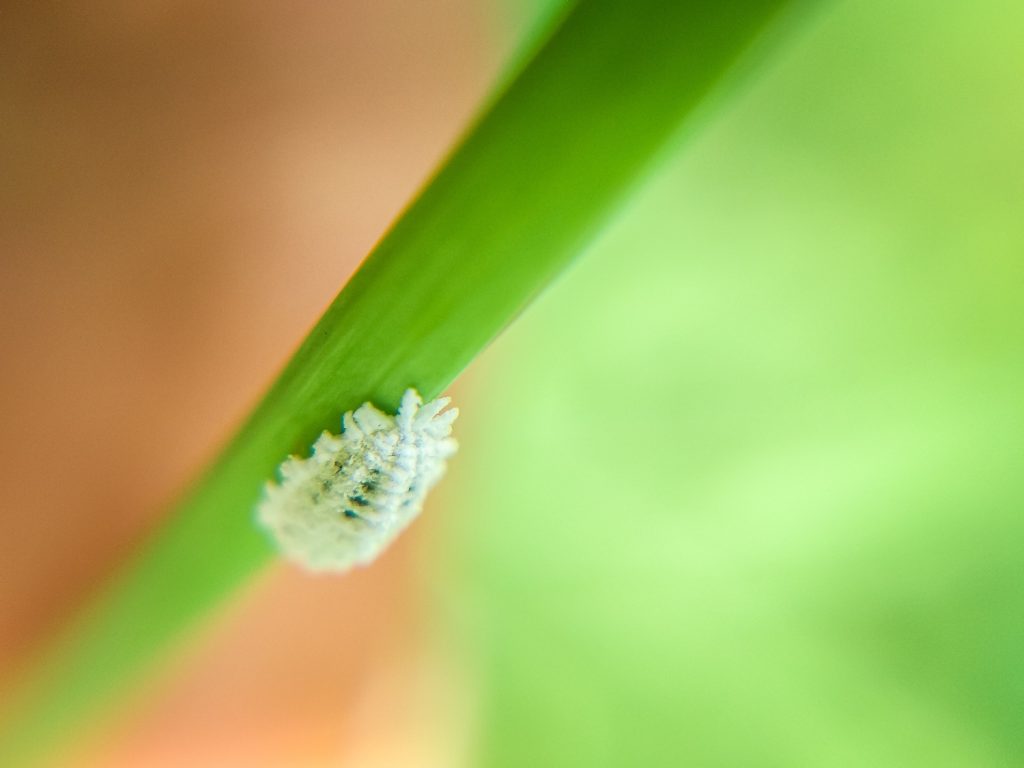
Reduce air circulation
Unlike other heat-loving plants, such as rosemary and lavender, which rely on adequate air circulation to grow well, passion fruit vine prefers humid conditions. If you want your passion fruit vine to grow well, then plant it in a sheltered location out of the wind. Keeping your passion fruit vine in a poorly ventilated area allows moisture to build up, creating a more tropical environment for your passion fruit vine to grow in.
Space the plants far enough apart
Passion fruit vine is a heavy feeder. It’s also a climber, so you’ll need to make sure that you leave plenty of room in between plants to prevent them from competing for nutrients and space. For best results, plant your passion fruit vines 10 feet apart. If you install a trellis for the plants to grow up, then the vines can be planted 3 to 5 feet apart, instead. Although passion fruit vine isn’t grown as a decorative vine like morning glory or trumpet vine, it can dress up latticework and arbors just as well!
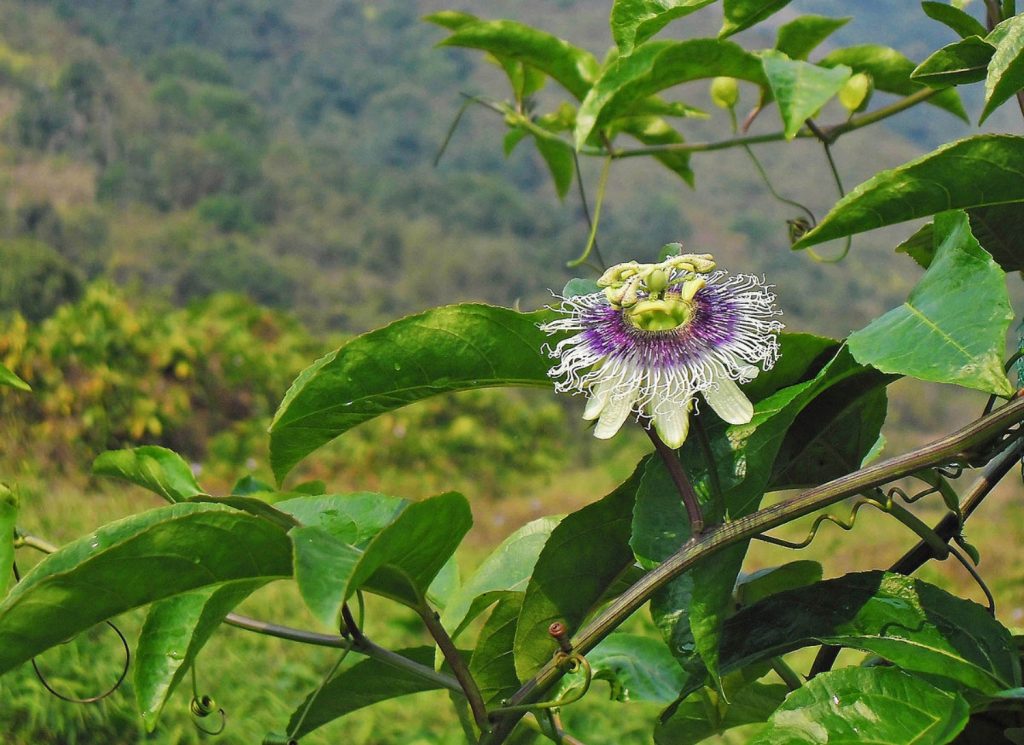
Is growing passion fruit vine worth it?
If you love the taste of passion fruit straight off the vine, then growing your own is certainly a worthwhile endeavor. Like watermelon, passion fruit vines can be grown in pots. So even if you only have a small patio or apartment balcony, you can still enjoy fresh, homegrown passion fruits.
Ultimately, it’s up to you to decide whether or not growing passion fruit vine is worth it. But, if you’re an adventurous gardener who likes growing new things, then starting passion fruit vine from seeds and watching the plant make its way through the 6 growing stages is a fun activity that you can enjoy with your family.
